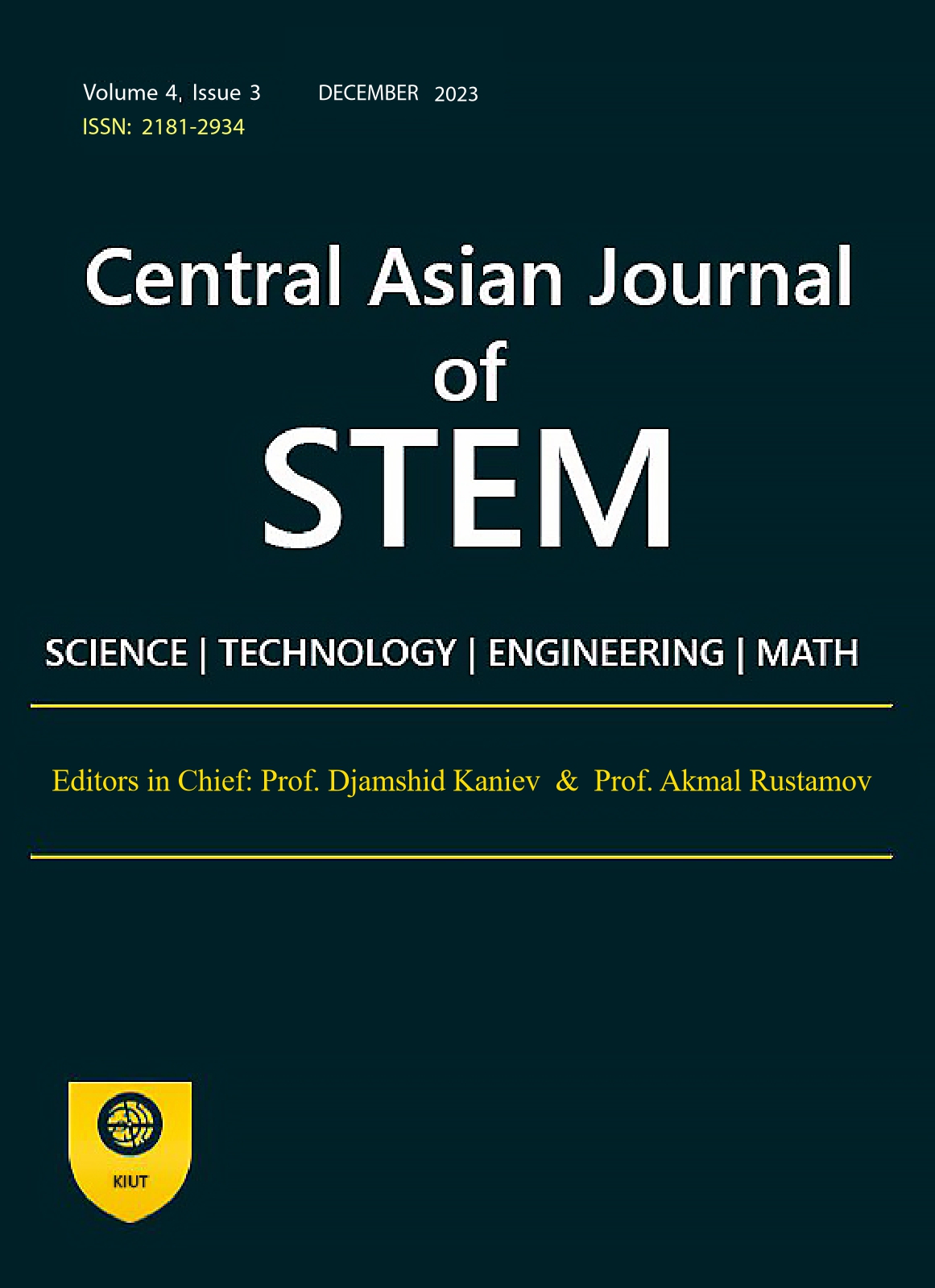CONVERSION OF CHEMICAL ENERGY BY CONVENTIONAL AND ELECTROCHEMICAL METHODS
Keywords:
aluminum oxide, sodium silicate solute, crystalline sodium metasilicateAbstract
The invention pertains to the technology of hydrogen production through a chemical reaction of components in a hydro-reactive composition, more specifically, to a method for activating aluminum to obtain hydrogen. It may find application in the creation of hydrogen cartridges for compact fuel cell power sources. The method of aluminum activation for hydrogen production involves preparing a mixture of indium, tin, and gallium components, preferably in a mass ratio of 20:20:60%. The mixture is heated to obtain a eutectic alloy, which is then mixed under normal conditions in an inert atmosphere with powdered aluminum and an abrasive substance with a particle size of 0.5-1.5 mm, preferably from the group of sodium chloride or aluminum oxide. Subsequently, the mixture undergoes mechanochemical treatment in an inert atmosphere at a temperature of 20-80°C for 5-20 minutes. The invention enables an increase in the completeness of the oxidation reaction of activated aluminum at a reduced content of gallium and indium in the hydro-reactive composition, enhances the rate of hydrogen generation, provides the ability to regulate the reaction, and increases the cost-effectiveness of the aluminum activation technology.
Downloads
Published
How to Cite
Issue
Section
License
Copyright (c) 2024 Central Asian Journal of STEM

This work is licensed under a Creative Commons Attribution-ShareAlike 4.0 International License.





